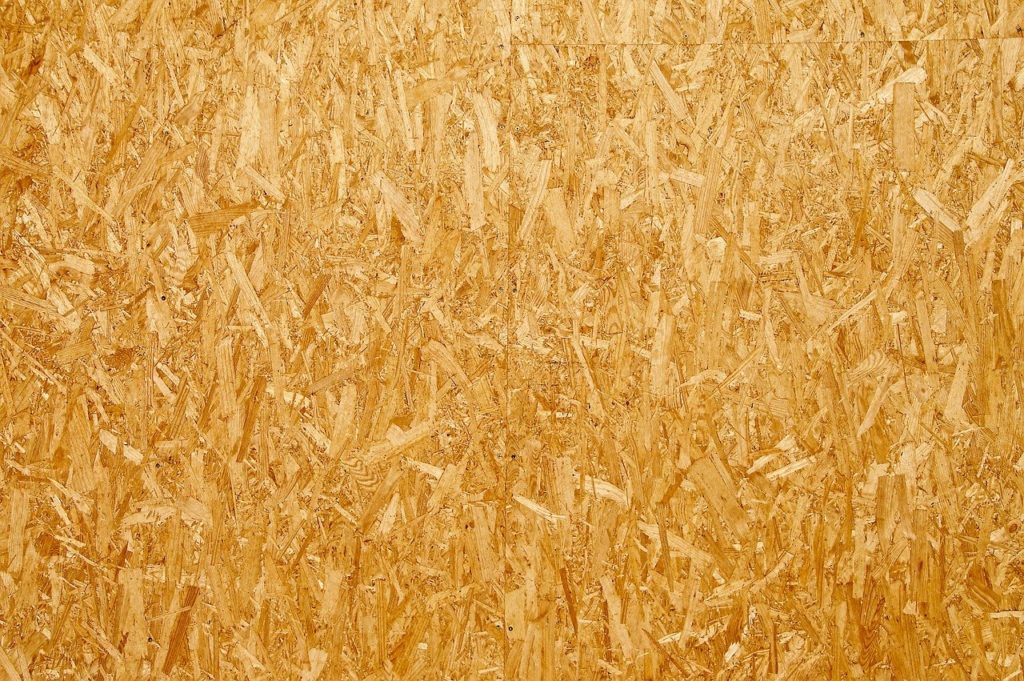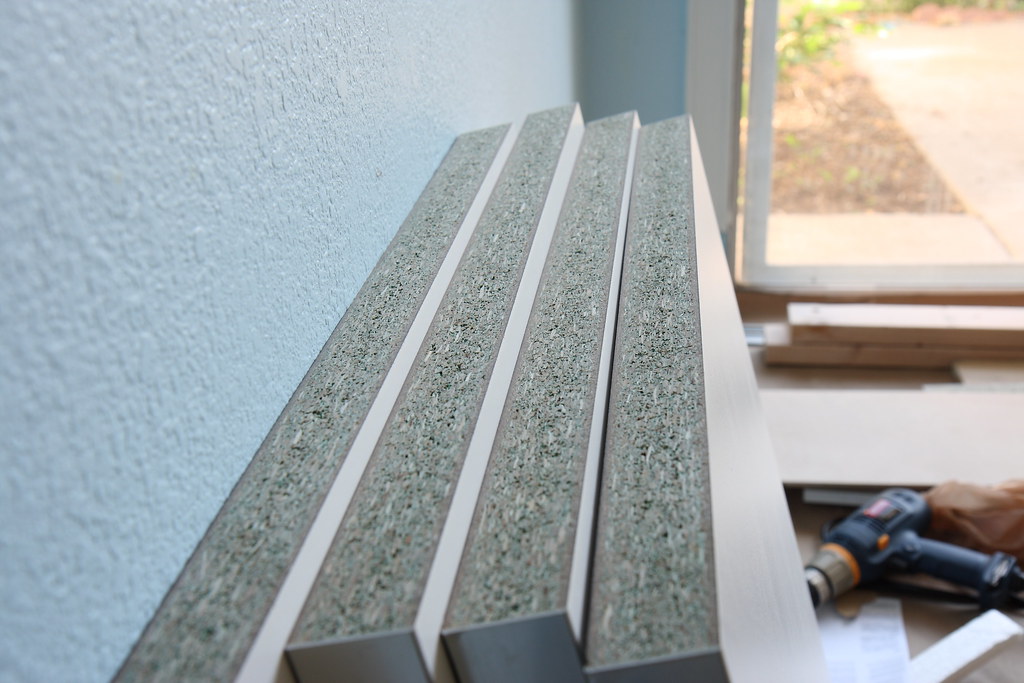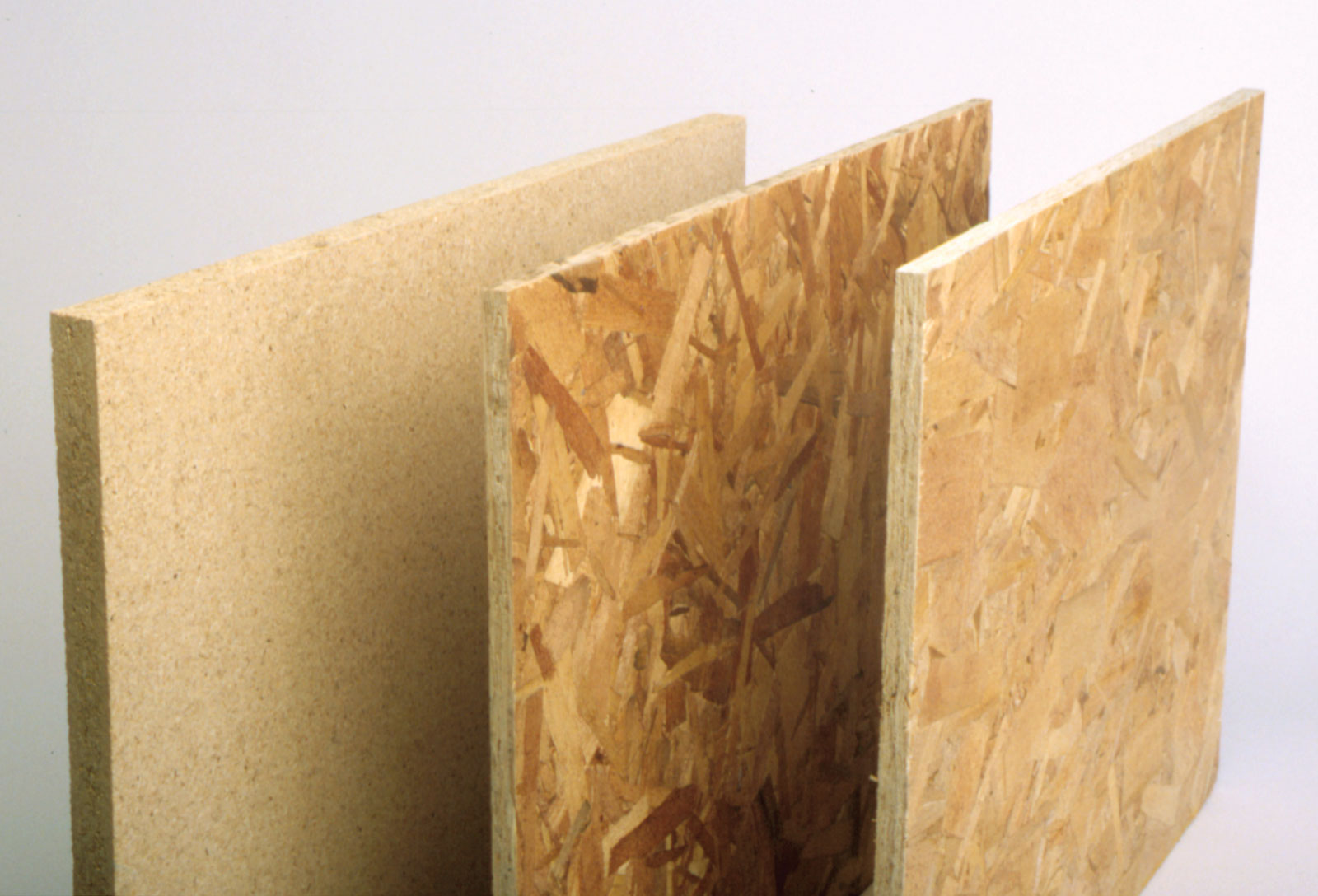You can be bombarded with plenty of choices if you try to look around to find the best material for your interior furniture. When we talk about the best material for home décor, many would agree that it will be solid wood. However, not everyone will have easy access to these materials because of their high cost.
Furniture manufacturers have seemed to realize this. Hence, they considered searching for good alternatives to these solid woods. Two of the best alternatives for solid woods are fiberboard and particle board. Both being popular home interior materials, you may now begin to question yourself how fiberboard vs particle board differ from each other.
What is a Fiberboard?

Fiberboard is fabricated wood that was built through wood fiber. The fabrication of fiberboard is initiated by joining the wood fiber together through the use of glue. The joined wood is then placed into a hot machine where fibers are compacted to make this board.
Fiberboard is an ideal material for home décor not just because of its quality but also because of its affordable cost. Its smooth finish makes its surface ideal for paintings or carves designs. Regardless of its affordable price, this durable and solid material will make a good choice when designing your home interior.
There are several reasons why it is good to use a fiberboard:
- It is commonly affordable, hence, it is practical for people who want to use affordable materials for their home décor.
- It is easier to cut a fiberboard and cut it. Cutting the fiberboard can be carried out without damaging it.
- Fiberboard involves a recycling process during its fabrication. Thus, making it an eco-friendly material.
- It is a solid, impenetrable, and flat material.
- Its surface can be painted.
- It provides a realistic finish.
When it comes to the availability of fiberboards in the market, you can find them as 49” x 9” panels in either ½” or ¾” thicknesses. You can also get precuts of 4’-8’ shelving and 8’-16’ molding lengths.
What is a Particle Board?

Particle board is also an affordable material although, unlike fiberboard, particle boards are built through waste wood materials. It is initiated by joining sawdust and resin that is pressed through heat together.
This material is popularly used for cheaper home-décor furniture. It is also a common material for the countertops’ underlying layer. Drilling the particle board is quite easy; however, you should be aware that it can develop a particular lever of removal. Most of the time, you will see the veneer or laminate to finish the surface of the particle board to provide a more sophisticated look.
It would be good to note that particle boards are not easy to shape since they are susceptible to chipping or breaking. However, you might want to know too it is very susceptible to discoloration and expansion because of moisture, specifically, if it is not coated with paint or any sealer. This is the reason it is barely used for outdoor use or in areas with high moisture levels.
Kitchens, bathrooms, and laundries, however, are exempted from the rule since particle boards are often used to serve as underlayment underneath an unbroken sheet of vinyl floor.
There are several reasons why it is ideal to use a particle board:
- With fiberboard vs particle board, particle boards are cheaper.
- Compared to fiberboards, particle boards can hold screws and nail better.
- It is eco-friendly.
- It is lightweight, thus, can be easily transported.
- It is easy to maintain and clean.
- Unlike solid wood, it does not come with natural blemishes.
- You can easily paint it, cut, drill, or glue it.
- It has sound-proof properties. This is the reason why it is recommended for theatres, speakers, and auditoriums.
- Its smooth and even surface gives access to the easy fastening of laminate and veneer materials.
When it comes to the availability of particle boards in the market, they come as unpainted 4’ x 8’ panels in ½” – 1” thickness. You can also get precut boards used for shelving in different lengths.
Conclusion
After comparing fiberboard vs particle board, you now have the idea of which one to use. The fabrication of these materials has been greatly favorable as we are given the chance to design our home with new furniture without having to spend much. Although fiberboards and particle boards are not as excellent as solid woods, they can make good alternatives for home furniture materials.
However, when you decide to use fiberboard or particle board, you should also set your expectation. Although these materials have several good things to offer, it is also understandable that they can also exhibit some disadvantages. You should also consider the disadvantages of these materials and be certain whether you can tolerate them or not.

Leave a Reply